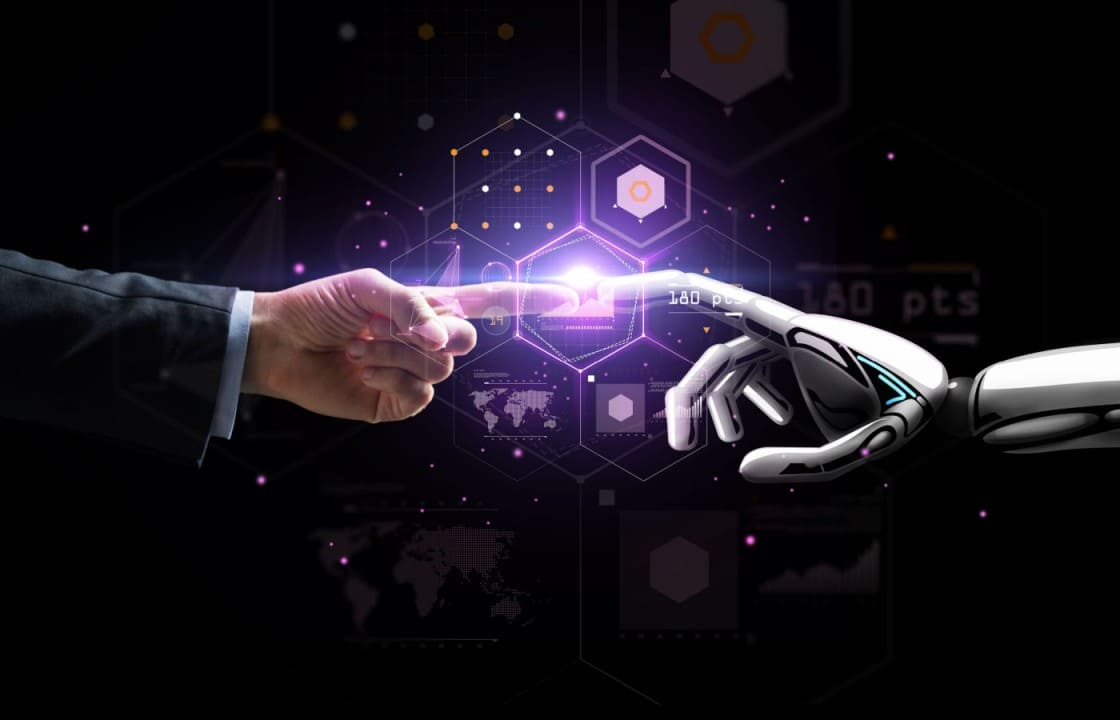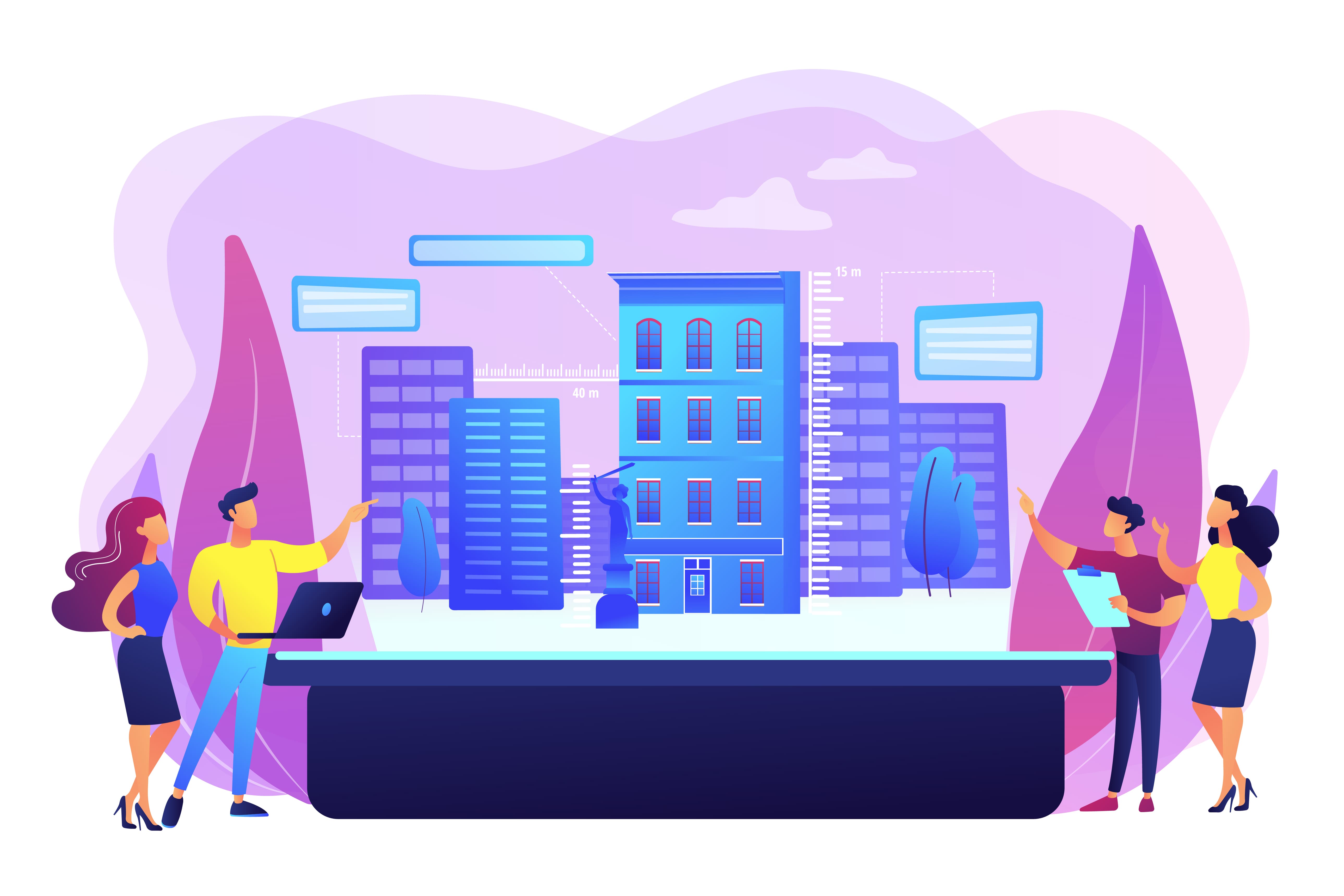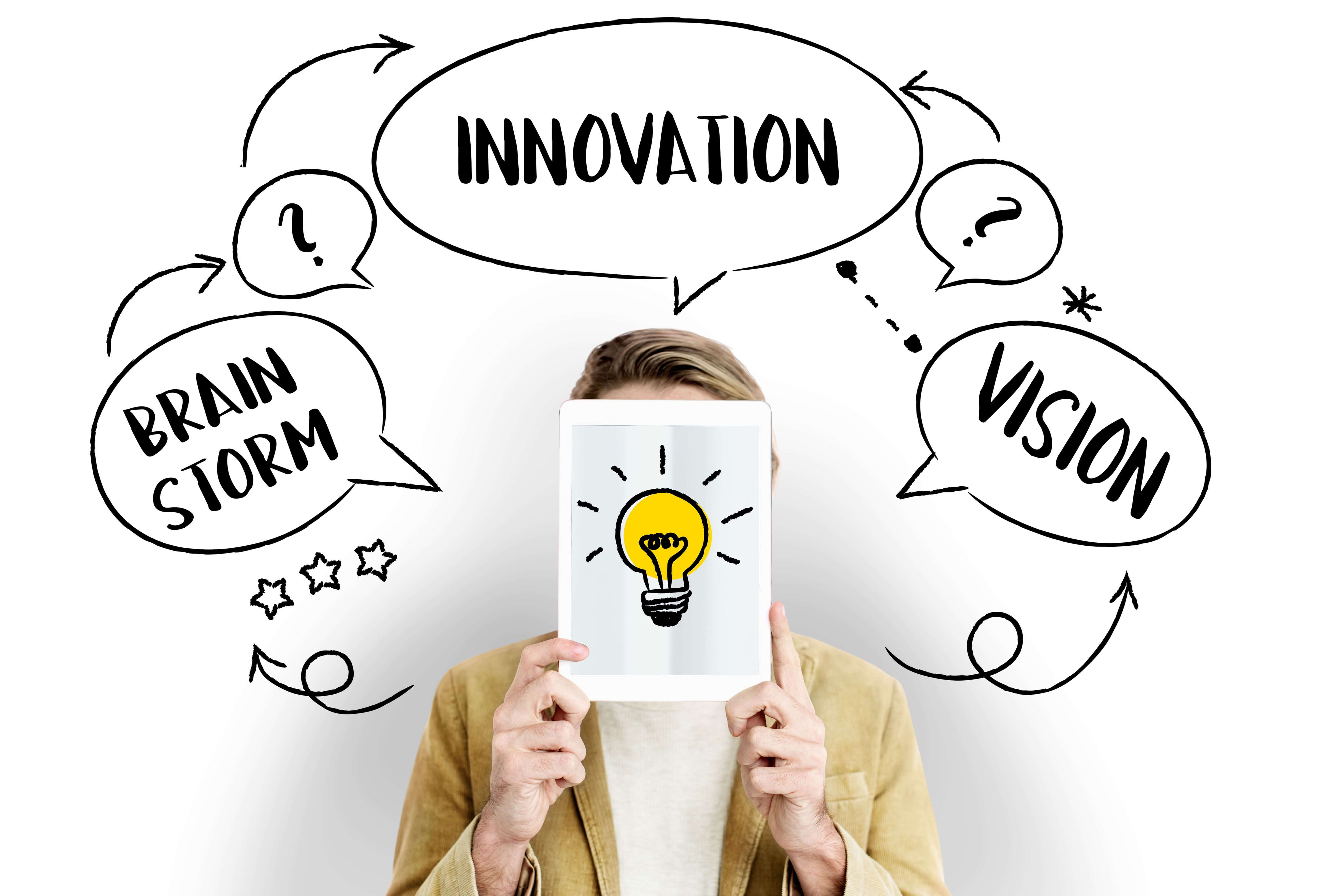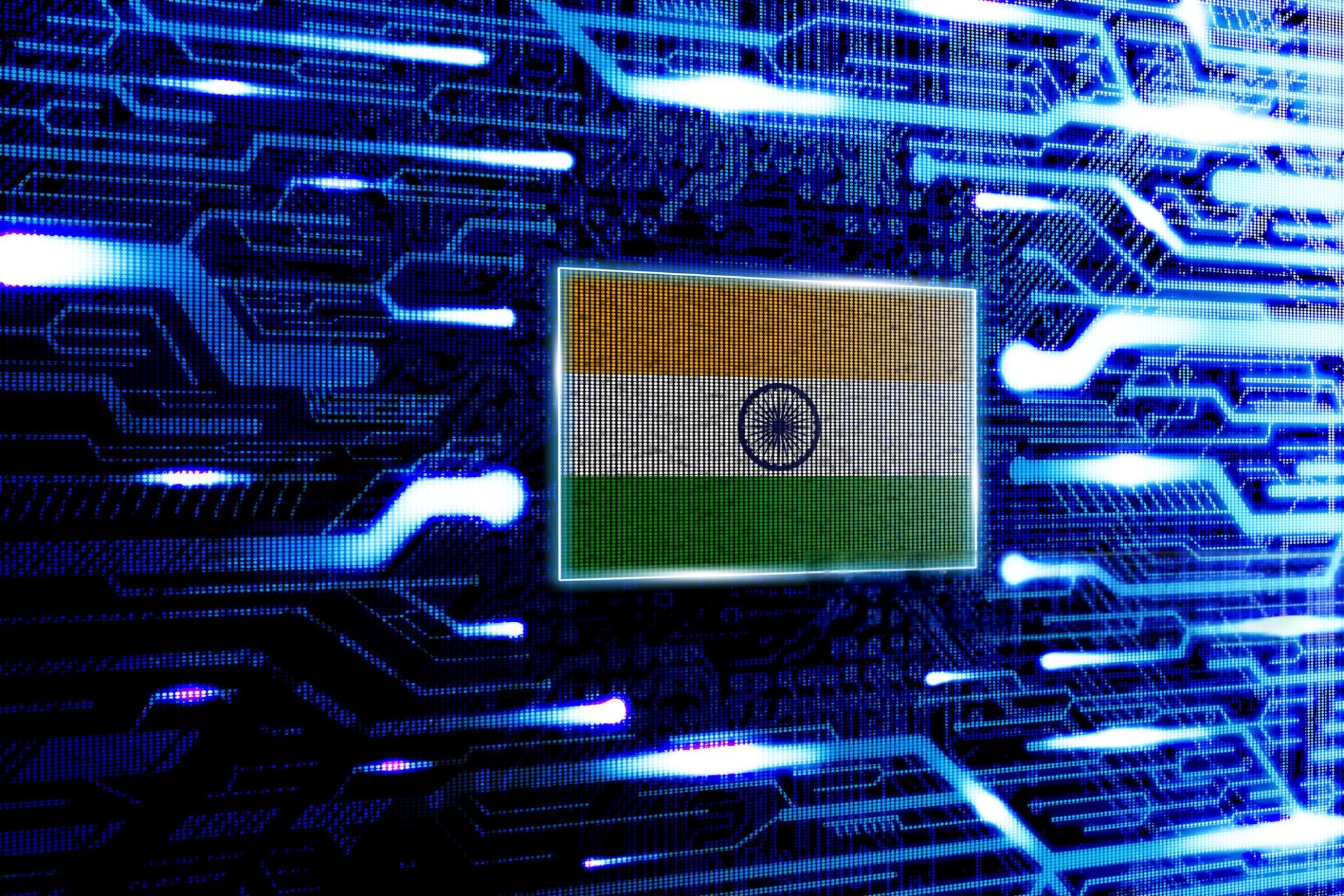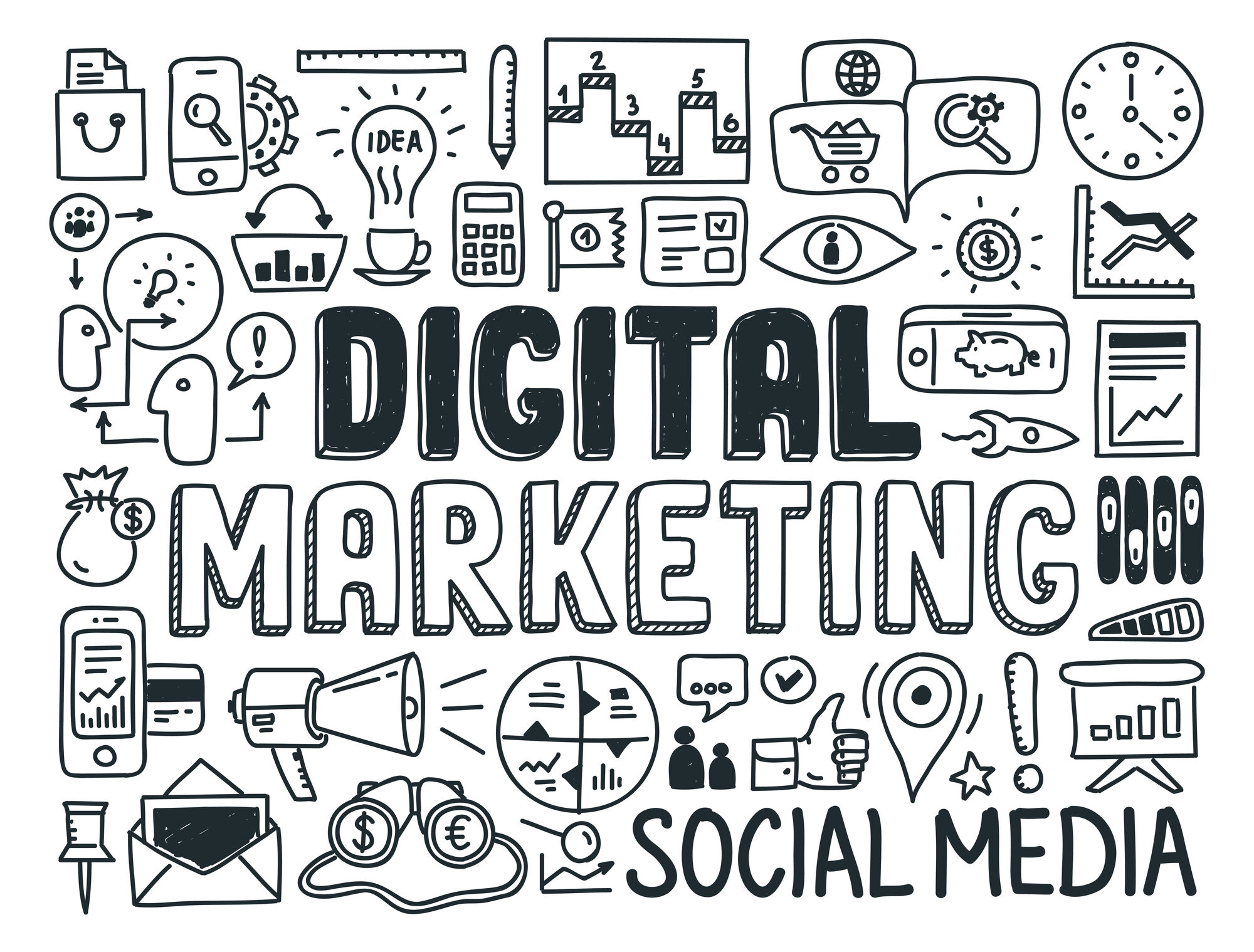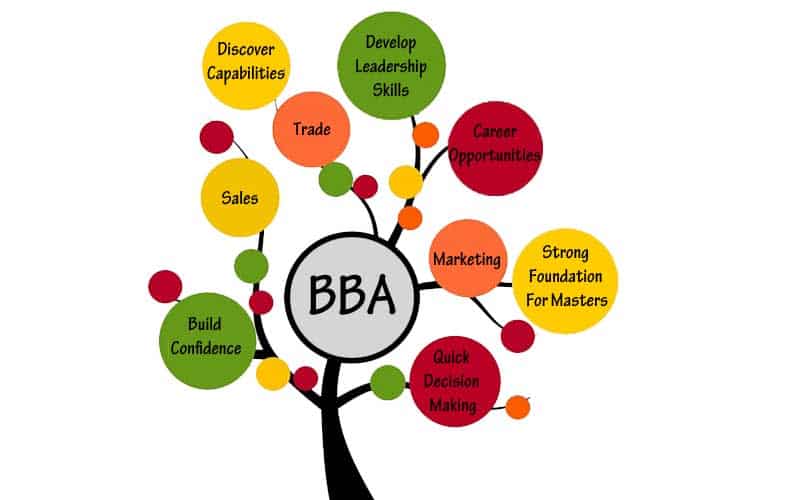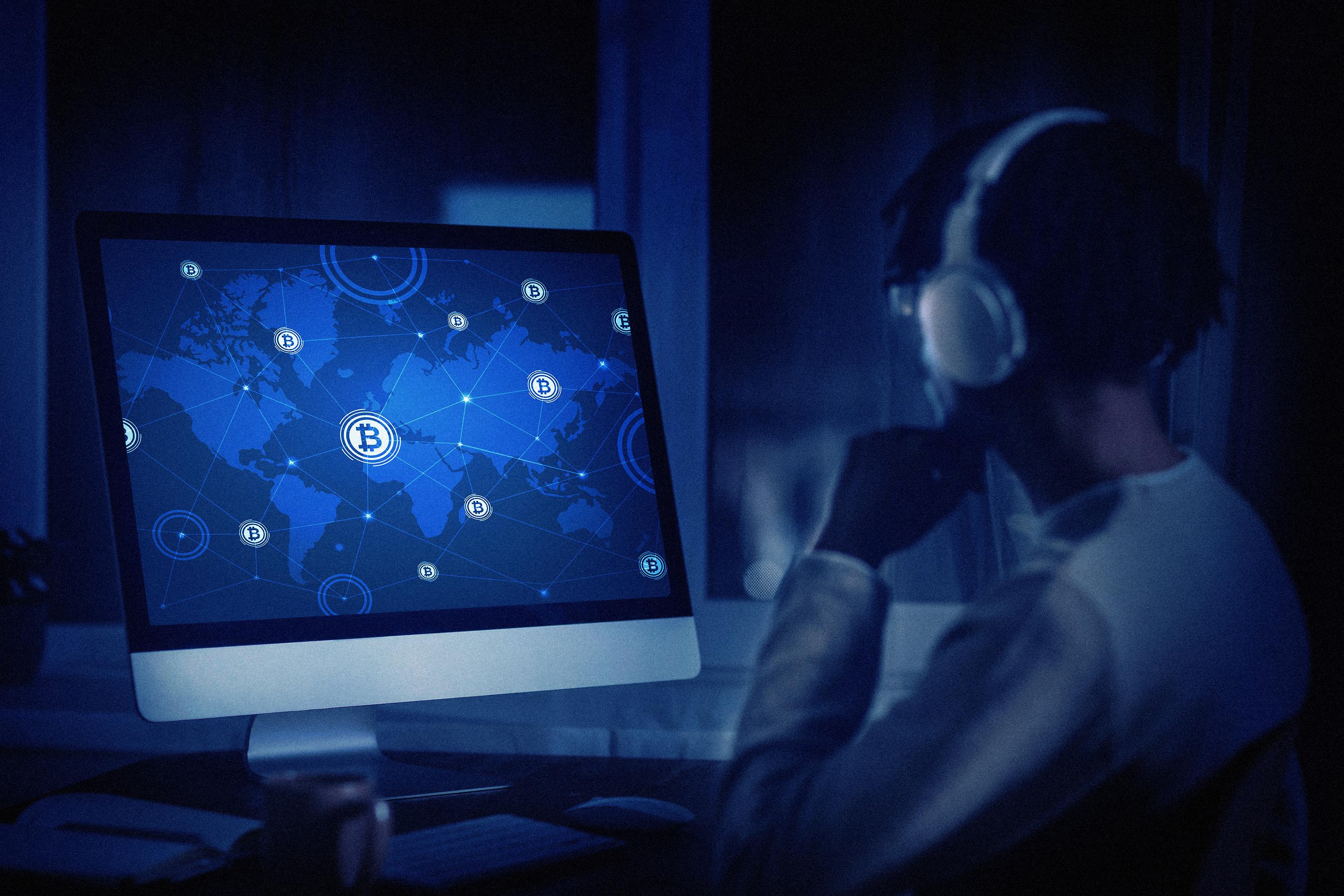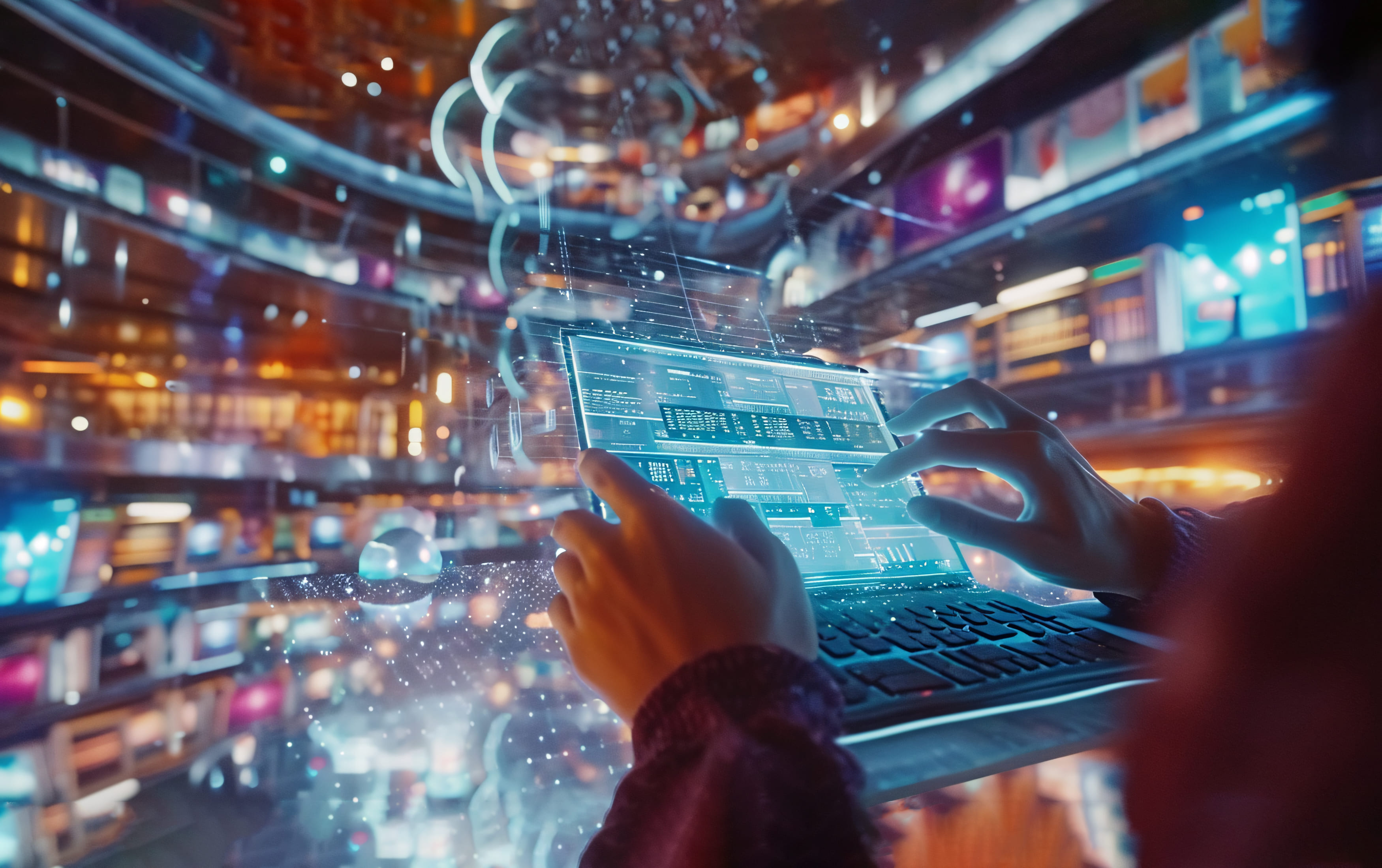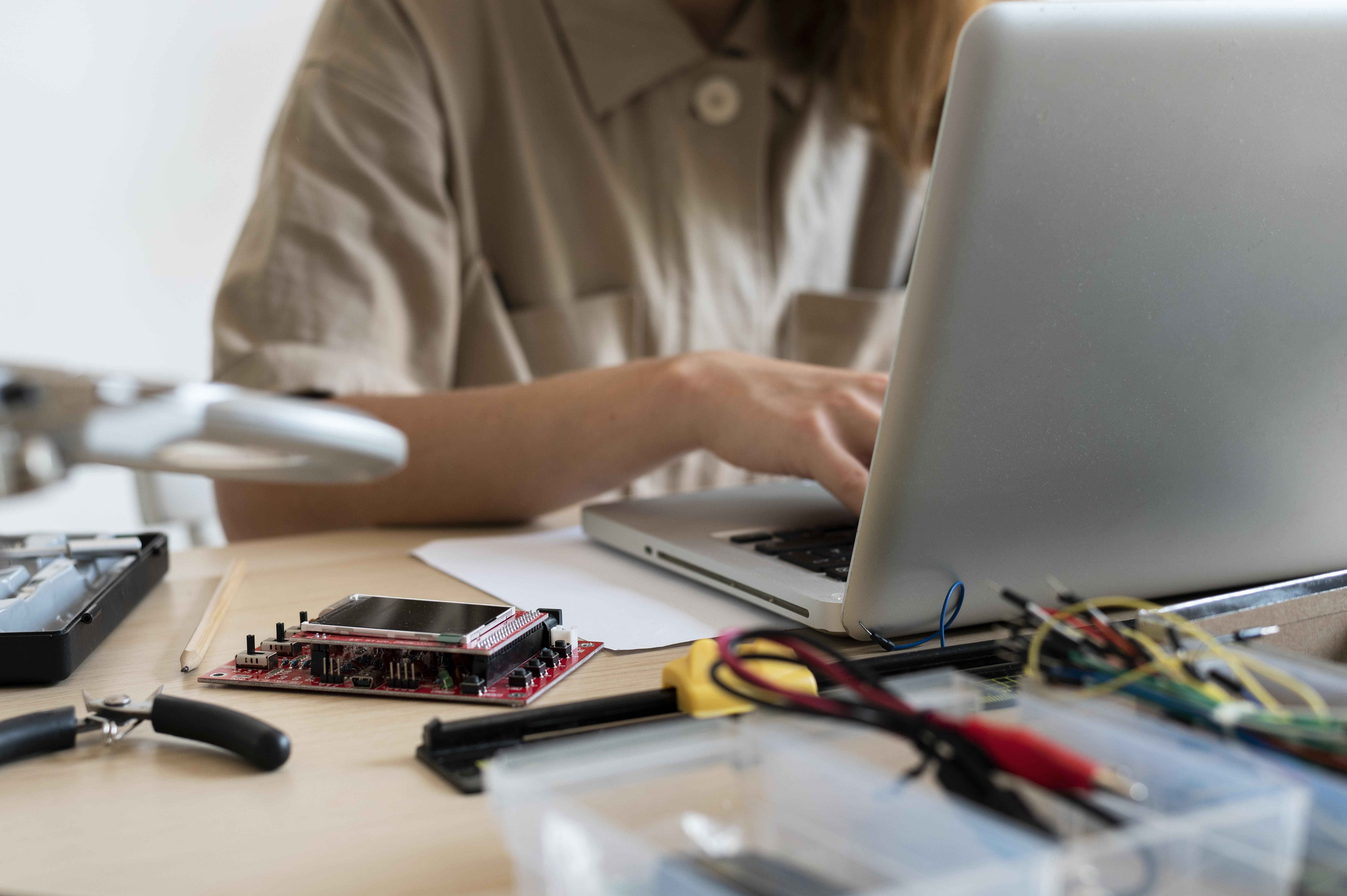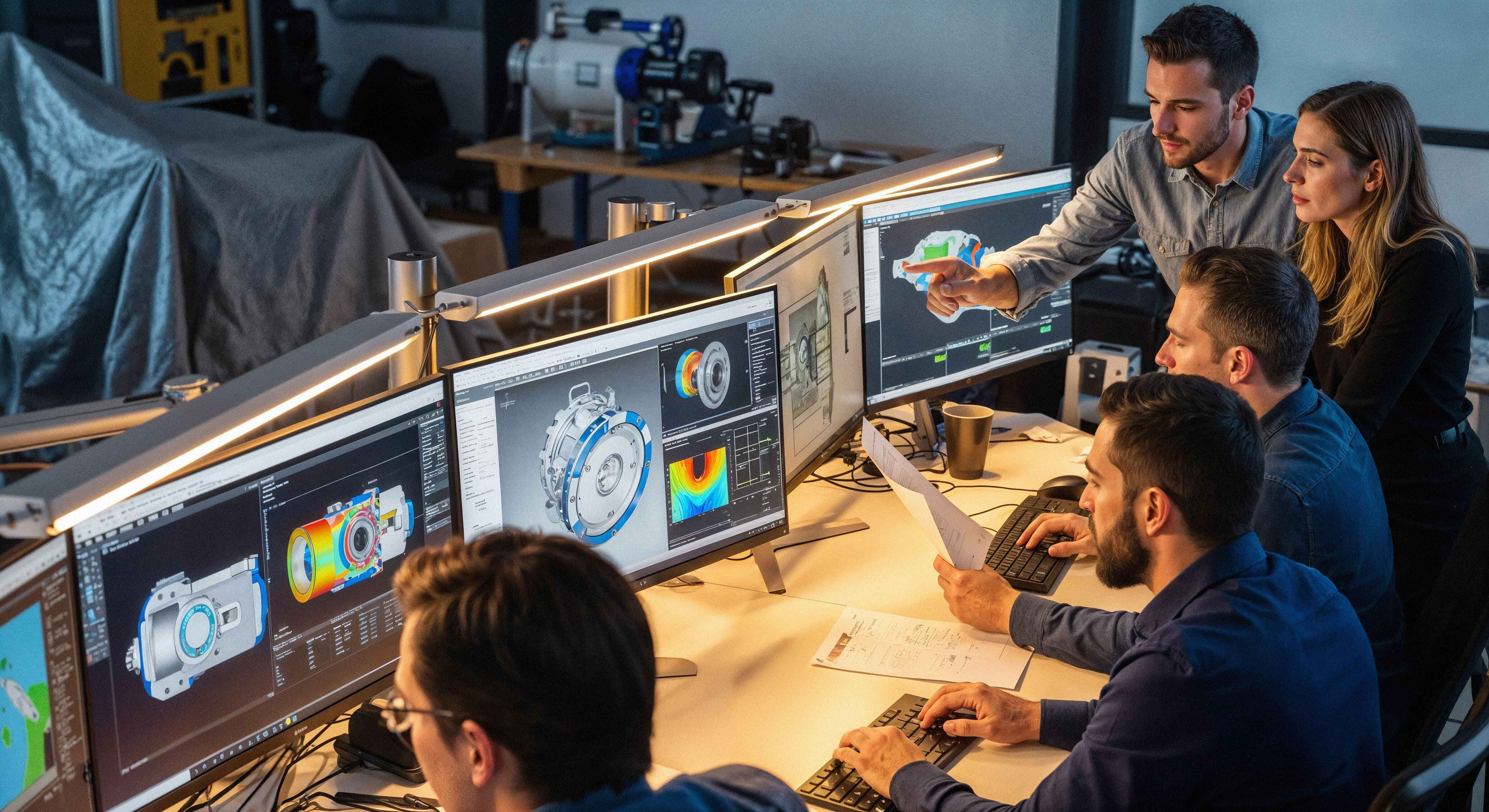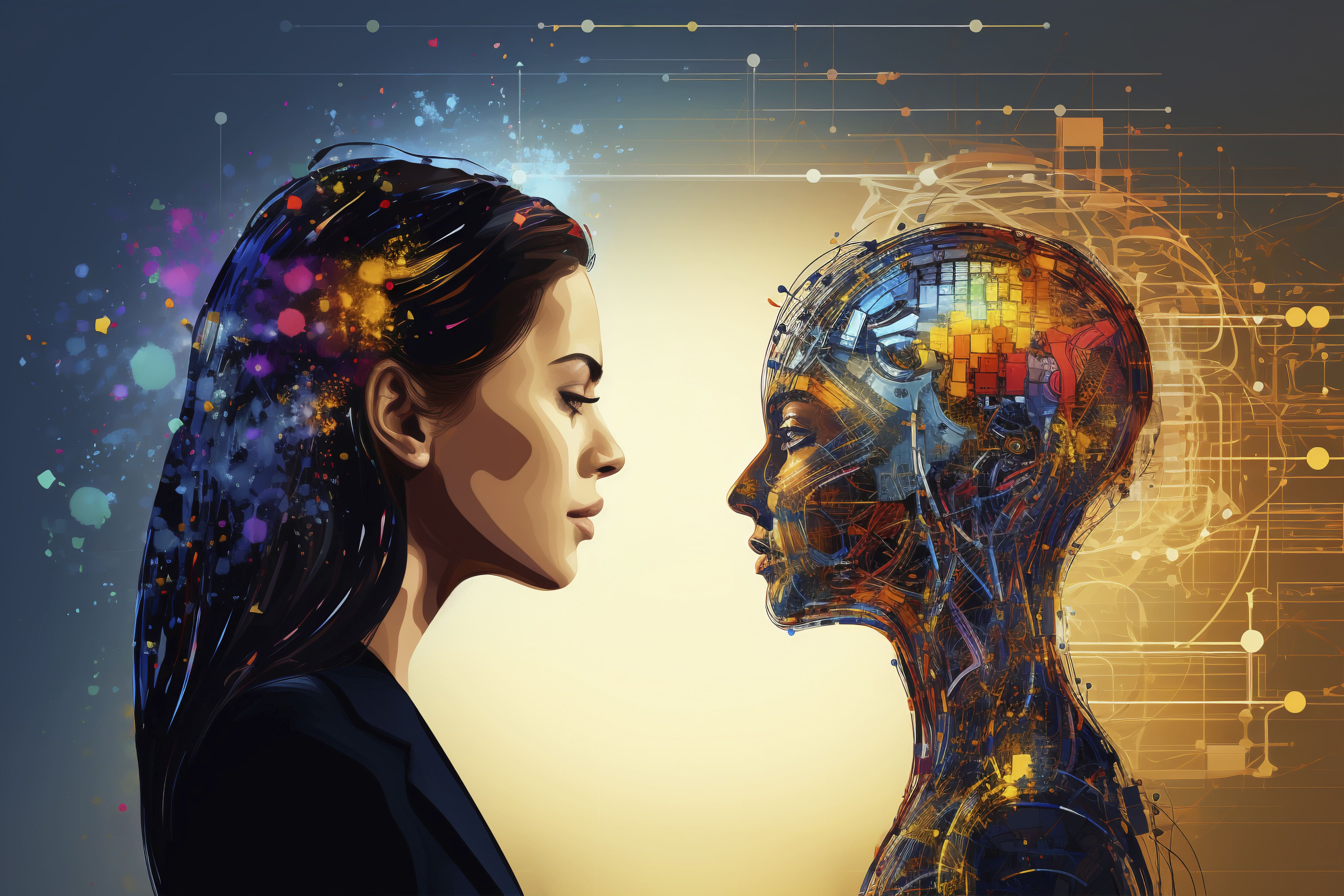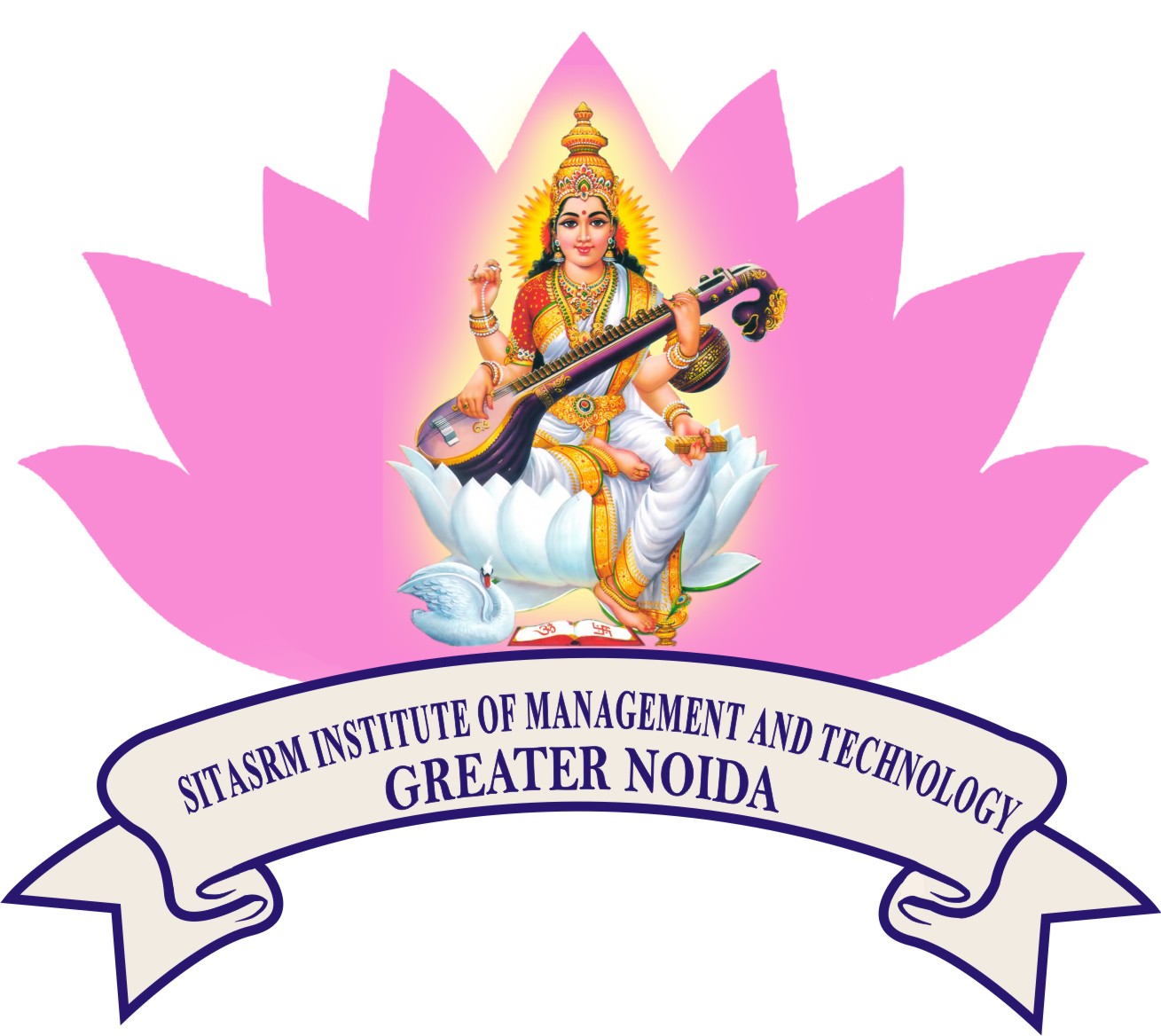 SIMT
SITASRM INSTITUTE OF MANAGEMENT & TECHNOLOGY
SIMT
SITASRM INSTITUTE OF MANAGEMENT & TECHNOLOGY
 SIMT
SITASRM INSTITUTE OF MANAGEMENT & TECHNOLOGY
SIMT
SITASRM INSTITUTE OF MANAGEMENT & TECHNOLOGY

SIMT
SITASRM INSTITUTE OF MANAGEMENT & TECHNOLOGY
Menu
What is Collective Intelligence? A Beginner's Guide
Introduction to Collective Intelligence
Have you ever wondered why a flock of birds moves in such perfect harmony, or how Wikipedia, created by millions of volunteers, became a global encyclopedia? This isn’t magic; it’s a powerful concept called collective intelligence. At its heart, collective intelligence is the shared, enhanced intelligence that arises from the collaboration of many individuals. It's the "supermind" that a group creates when it works together effectively.
Think of it this way: One person can be smart, but a group of diverse, well-connected people can be brilliant. Collective intelligence isn't just about pooling knowledge. It's about a dynamic process where individuals contribute, critique, and build on each other's ideas. This process leads to outcomes that are often more innovative, accurate, and comprehensive than anything a single person could achieve. It’s a core principle behind successful teams, open-source projects, and even some of the world's most popular digital platforms.
The Three Core Principles of Collective Intelligence
For a group to achieve true collective intelligence, it needs more than just a large number of people. It requires three key principles, often called the "three pillars."
1. Diversity of Thought
A group of people with the same background and opinions will likely arrive at the same conclusion. True collective intelligence thrives on diversity. It requires a variety of perspectives, experiences, and skills. When a diverse group tackles a problem, they consider more angles and are less likely to fall into "groupthink," where everyone conforms to a single, often flawed, idea. A team with a mix of engineers, marketers, and designers will produce a more well-rounded product than a team of only engineers.
2. Decentralization
This principle means that no single person or authority holds all the information or makes all the decisions. In a decentralized system, knowledge is spread out, and individuals can act on their own, often without needing approval. For example, in an open-source software project, hundreds of developers around the world can independently fix bugs or add features. The final product is a result of their decentralized, yet coordinated, efforts. This is a crucial element for generating a good collective intelligence definition.
3. Independence
For the collective to be truly wise, the opinions of individuals should be independent. People should not be overly influenced by what others are saying. If you ask a crowd to guess the number of jelly beans in a jar, and everyone hears the first few guesses, they might just repeat those numbers. But if they write down their guesses independently, the average of their guesses is often remarkably close to the correct number. This famous "wisdom of the crowd" phenomenon is a perfect example of collective intelligence.
Collective Intelligence in Action: Real-World Examples
You see collective intelligence at work every day, even if you don't realize it. Here are some of the most common collective intelligence examples from various fields:
- Wikipedia: This online encyclopedia is a powerful example. Instead of a small team of experts writing everything, millions of contributors and editors worldwide write and refine articles. The result is a vast and generally accurate body of information that constantly evolves and improves.
- Open-Source Software: Projects like Linux or Python are built by thousands of volunteer programmers globally. They share code, identify bugs, and propose new features. The collaborative effort leads to highly robust and innovative software that often rivals or surpasses commercially developed programs.
- Waze: This navigation app uses the real-time data from its users to provide the best routes. If many people are stuck in traffic, the app "knows" there’s a jam and reroutes other drivers. This is a dynamic system where the collective data of all users makes the service smarter for everyone. This shows the power of collective intelligence in business.
- A Corporate Project Team: Imagine a company tasked with building a complex new product with a tight deadline. The team includes engineers, marketers, designers, and customer service representatives. Each member brings their unique knowledge to the table. The engineer knows the technical limits, the marketer understands customer needs, the designer focuses on user experience, and the customer service rep provides feedback from real users. By combining their diverse expertise and working together, they collectively solve problems and make decisions that lead to a successful launch, something no single person could have achieved alone. This demonstrates the power of collective intelligence in business.
The Role of Technology
Technology is a massive enabler of collective intelligence. Platforms like social media, collaboration tools, and online forums allow people to connect and share information on a scale never before possible.
Artificial intelligence (AI) is also playing a key role. AI can analyze massive datasets generated by a collective, identify patterns, and help the group make better decisions. For instance, an AI can process all the bug reports from thousands of software users and highlight the most critical issues for developers to fix. The human-AI collaboration creates a new form of "supermind."
A study from the National Academy of Sciences found that a single factor of collective intelligence can predict over 40% of the variance in a group's performance across a wide range of tasks. This suggests that a group's collective ability is a measurable and powerful predictor of success, and technology is a primary driver of this enhanced capability.
Source: Proceedings of the National Academy of Sciences (PNAS), a peer-reviewed academic journal.
Why It's Important for the Future?
Understanding collective intelligence is crucial for anyone interested in technology, business, or community building. As our world becomes more complex, the ability to solve problems will depend less on a single genius and more on the collaborative power of a well-organized group. Whether you're a student, an entrepreneur, or a team leader, knowing how to harness the power of the collective can give you a significant advantage. This guide on collective intelligence is just the start of your journey into this fascinating field. The potential for innovation and progress through this powerful concept is truly limitless.
Final Words,
Collective intelligence is the shared knowledge and problem-solving ability that emerges from a group of individuals. It’s the “supermind” a team creates through collaboration, leading to better outcomes than any single person could achieve. This dynamic process thrives on diversity, decentralization, and independence of thought.
At the Sitasrm Institute of Management and Technology (SIMT), we are redefining education by integrating these principles directly into our programs. Rather than focusing on rote learning, our curriculum emphasizes practical, industry-aligned training. Through collaborative projects, real-time data analysis, and hands-on simulations, we foster an environment where students work together to solve complex problems. This approach ensures our graduates are not only knowledgeable but also possess the essential collaborative skills needed to drive innovation and lead successful teams in the modern world.




